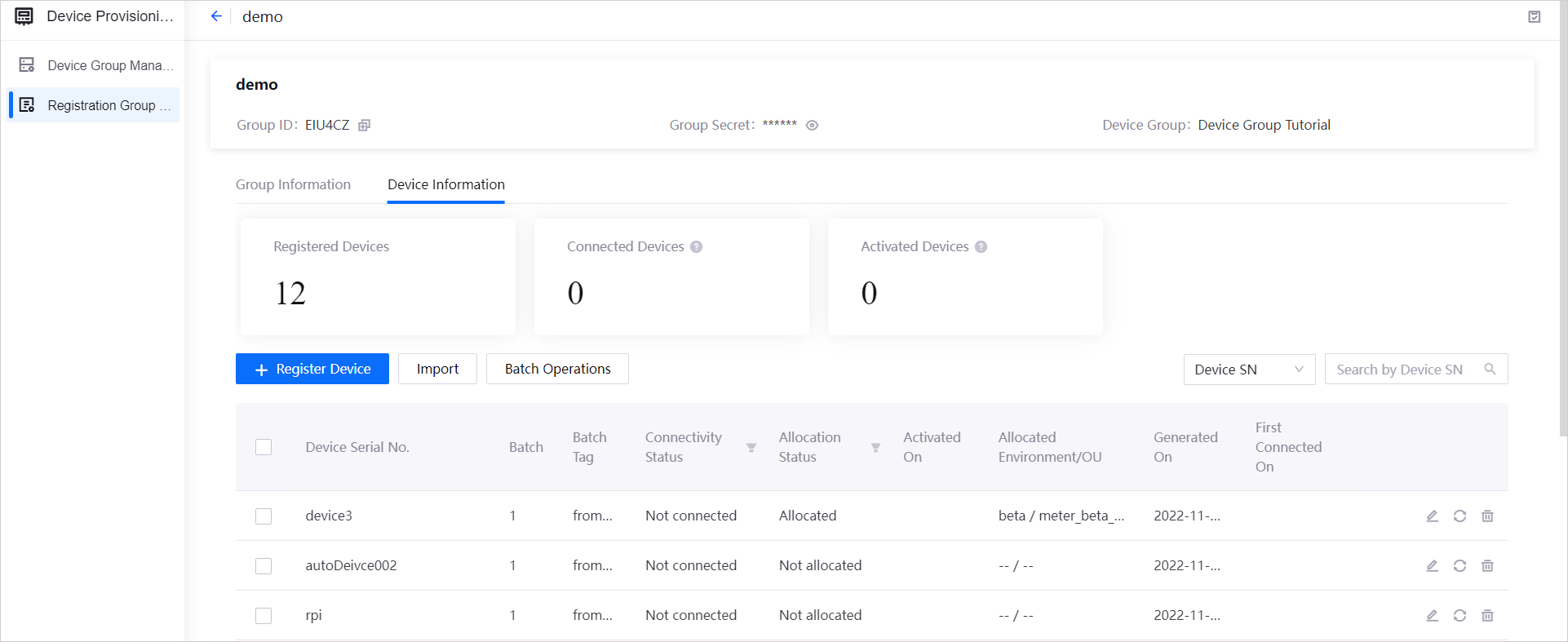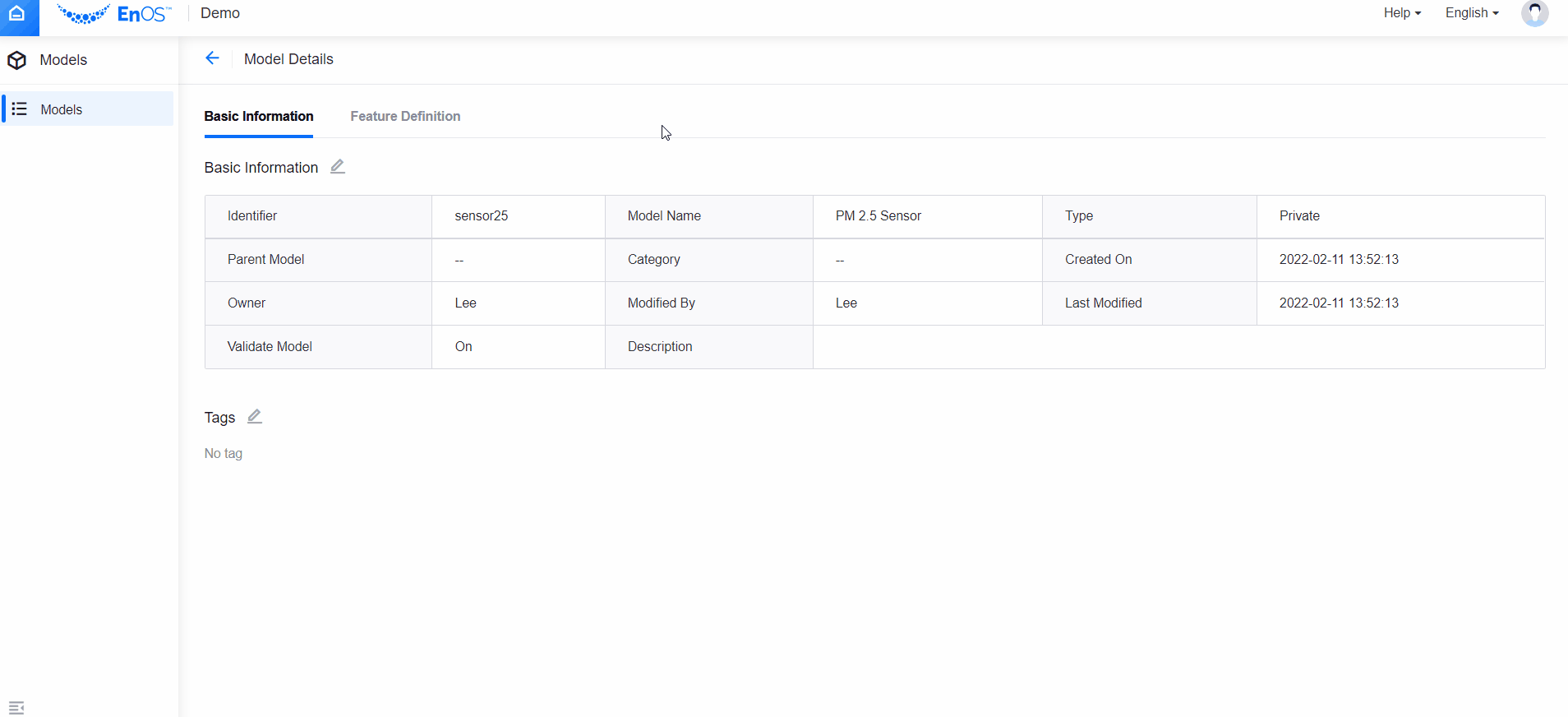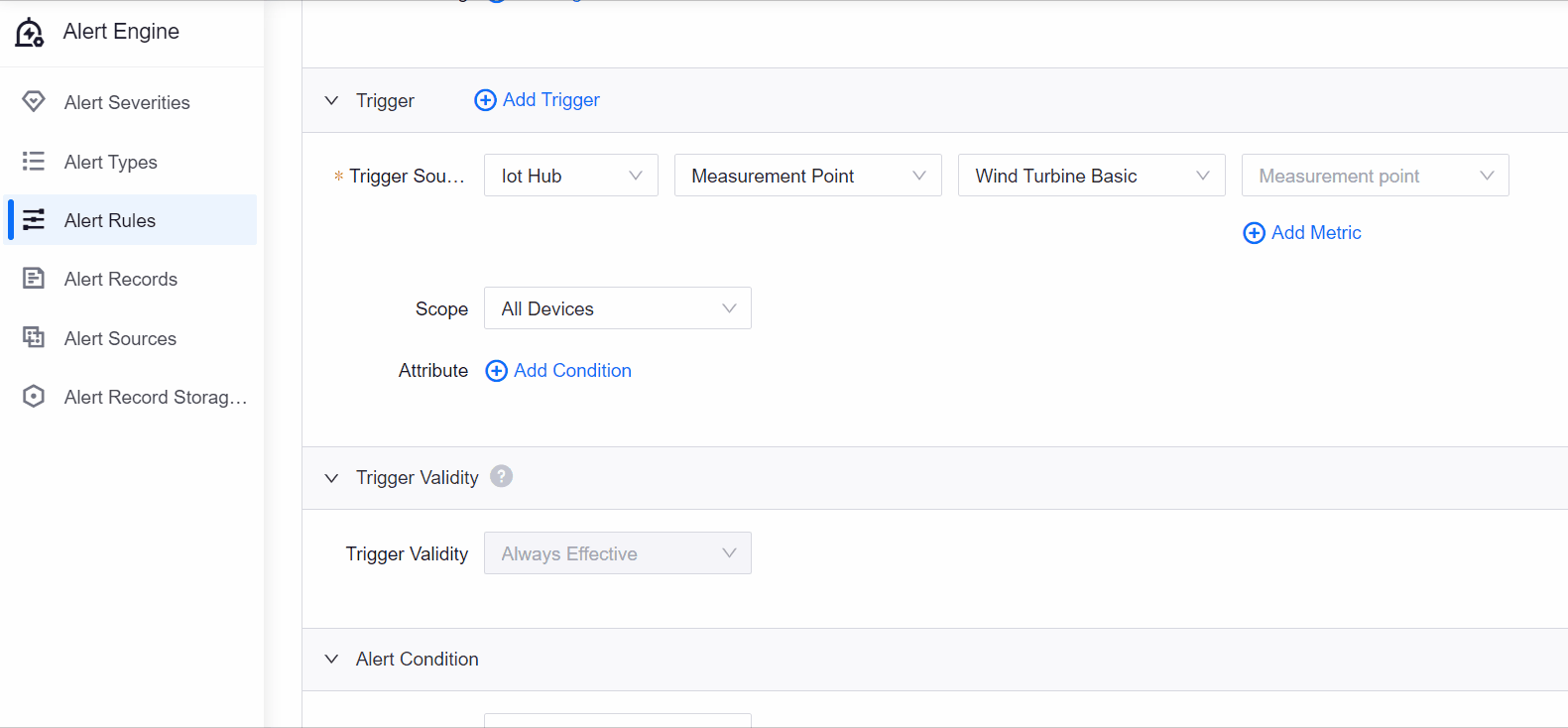Device Connectivity & Management¶
Note
Features marked with “(Preview)” are selective opt-in features that are ready for you to test and evaluate but not recommended for production use. Contact your sales representative if you are interested in a Preview feature.
In EnOS 2.4, we added Device Provisioning Service, and added new features for Device Management, Routing Rules, and Alert Engine.
Device Provisioning Service¶
Device Provisioning Service helps to simplify the onboarding process for devices. Accessible via EnOS Management Console, the Device Provisioning Service enables manufacturers to configure and register the devices to be sold to their clients, after which the clients can onboard the devices via plug-and-play or QR code scanning and manage (reprovision, replace, etc.) them easily and efficiently, achieving zero-touch IoT device onboarding through simple and fast configurations and enabling the scalable and secure provisioning of devices. Major features include:
Device Group Management: easily create device groups and manage information (master data) for devices with the same attributes.
Registration Group Management: configure onboarding methods and information and manage devices within each registration group to achieve efficient device onboarding and post-lifecycle management such as device reprovisioning, replacement, etc.

For more information, see Device Provisioning Service.
Device Management¶
In EnOS 2.4, we added some new features for Device Management.
Added the ability to indicate whether the input parameters for a model’s service is required, specify a minimum and maximum value for the input parameter, and to provide a default value for the required input parameter should one not be provided during service invocation.

Added tag support for OTA firmware.
Added the ability to add the maximum number of devices for OTA firmware verification and the minimum number of verified devices to pass the verification to give the user more flexibility when configuring the firmware. For more information, see Uploading Firmware.
Added fine-grained RBAC permission control for the following Device Connectivity & Management services.
Product: create, read, update, and delete products.
Certificate: apply, revoke, renew, and read certificates.
Firmware: read, create, update, delete firmware and read, create, control, and delete OTA jobs.
Added the following read-only policies for devices and models:
Device Management Read-Only: users, user groups, service accounts granted with this policy have the permissions to view the devices, products, firmware, and device certificates in the OU.
Model Read-Only: users, user groups, service accounts granted with this policy have the permissions to export and view models in the OU.
Routing Rules¶
In EnOS 2.4, we added some new features for Routing Rules.
Added the ability to save the rule even when the rule configuration is not complete, enabling the user to return at a later time to finish configuring the rule.
Added the ability to batch import and export rules to efficiently create multiple rules at one go.
Added the ability to copy rules, enabling users to easily create a new rule from an existing rule.
Added the ability to add a Checkpoint node to all Message Type Switch, Product Switch, Switch, and Duplicated to Related nodes’ original or others branches that do not have any downstream nodes in the design canvas.
Added the ability to view and roll back to historical versions of the rule for editing if required.

Nodes¶
In EnOS 2.4, we added some new nodes, and added some new features for some of the existing nodes. See the below for more details.
New Nodes¶
Node |
Description |
|---|---|
The default starting routing rule node where users can select a pre-set schedule generated by a third-party app through API or set a schedule for the rule to be effective for subsequent routing. |
Node |
Description |
|---|---|
Subrule nodes are rules that can be added to other rules, which can help to reduce the clutter and increase efficiency in the editing and configuring of rules. |
|
Serves as an exit point for the Subrule node. With multiple Output nodes, a subrule can have multiple exit points in the main flow. |
Node |
Description |
|---|---|
Branches the incoming message to different nodes according to the configured threshold conditions. |
Node |
Description |
|---|---|
Parses the measurement point or attribute from the input msg according to the selected message type, performs low-code logic and math operations, and passes it to the downstream node as output msg. |
Node |
Description |
|---|---|
Controls the set measurement point downstream message to Kafka. |
|
Controls the invoke service downstream message to Kafka. |
|
Retrieves the information of the specified attributes or all attributes of the asset. |
|
Deletes the specified attributes or all attributes of the asset. |
|
Retrieves the model information of an asset. |
|
Adds or updates the output from the previous node as device tag information. |
|
Retrieves the information of the specified tags or all tags of the asset. |
|
Deletes the specified tags or all tags of the asset. |
|
Posts the device local log. |
|
Posts the device network status. |
|
Posts the connection topology information of the device. |
|
Logs in a sub-device. |
|
Batch logs in sub-devices. |
|
Logs out a sub-device. |
|
Adds one or more sub-devices. |
|
Deletes one or more sub-devices. |
|
Gets the information of all the sub-device. |
|
Registers a device. |
|
Gets the upstream running log. |
|
Posts the upgrade process of the device firmware. |
|
Posts the version information of the device firmware. |
|
Gets the upgrade information of the device firmware. |
|
Acknowledges the command and send the acknowledgement to the cloud. |
|
Polls cache command information. |
Existing Nodes¶
Node |
What’s New |
|---|---|
Added more message types such as query device attributes, delete device attributes, get model information, etc. |
|
|
|
Added Asset Group to enable users to specify multiple groups of assets By asset ID or By file mapping and specify the measurement points mapping By Same Measurement Point ID, By File Mapping, or By Same Tag. |
Alert Engine¶
In EnOS 2.4,we added some new features for Alert Engine. See the below for more details.
Alert Rules¶
Trigger
Added the ability to search for a measurement point to be selected when adding it as a trigger source when creating an alert rule.
Added a filter to further narrow down the scope based on device attributes.

Alert Recovery: added an alternate alert recovery configuration to have more options for customized alert recovery conditions.
For more information, see Alert Engine.